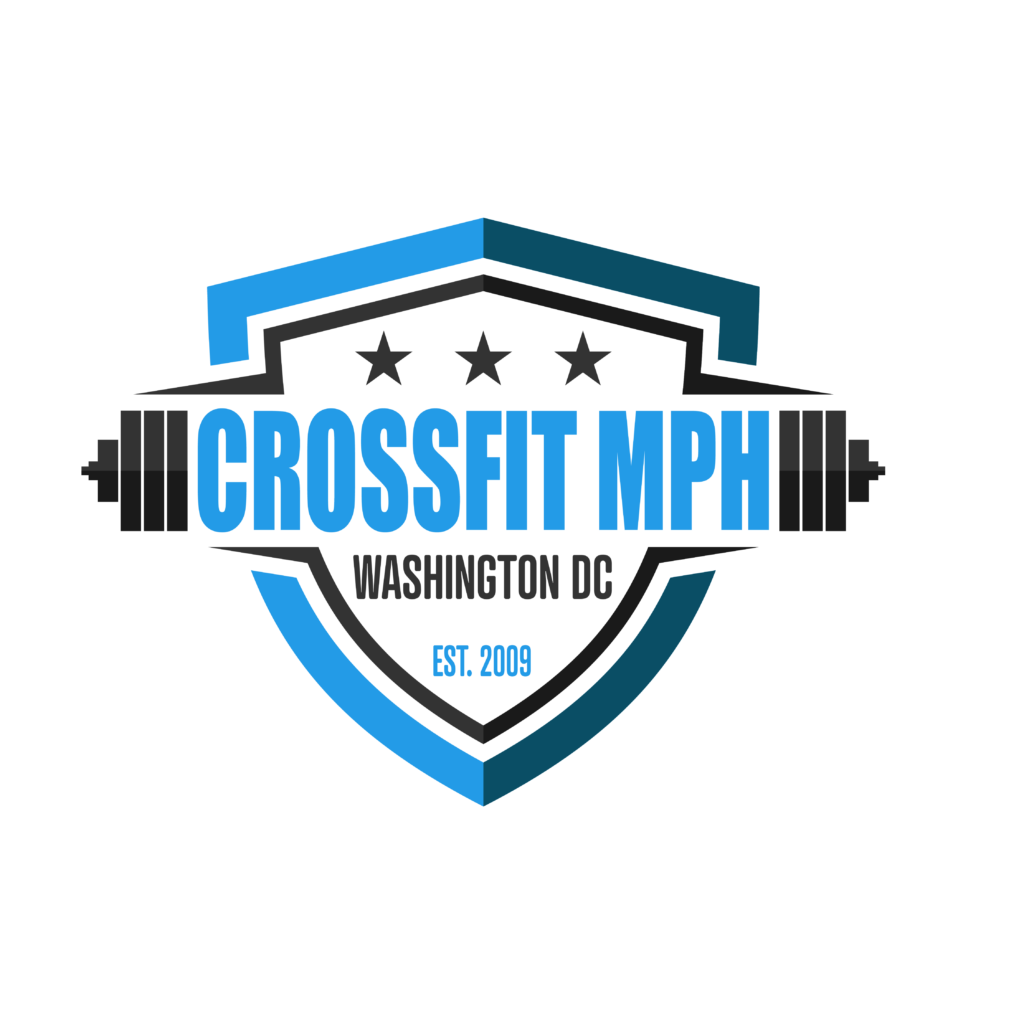Thursday, February 11, 2010
***Important Announcement*** The 6a class is canceled today. Otherwise, MPH is open! five rounds for time: 20x pull-up 15x front squat @ 135/95-lbs. 10x push jerk Compare results to November 16, 2009.
Wednesday, February 10, 2010
***Important Announcement*** MPH will close at 1p today. Yes, we know what we said yesterday (“…we will be open normal hours this entire week.”), and we will in fact be here for the next several hours. However, none of you should be out trying to get to us in this weather, which seems to be […]
Tuesday, February 9, 2010
Tabata Mash-Up: Deadlift + Sit-up Complete 32 intervals of 20 seconds of work followed by 10 seconds of rest where the odd intervals are deadlifts @ 225/155-lbs., and the even intervals are sit-ups. There is no rest between exercises, except a one-minute break after round 16. This workout is scored by the total repetitions completed […]
Monday, February 8, 2010
back squat 5-5-5-5-5 Compare results to October 8, 2009. then, five rounds; rest amply between rounds: max “L” pull-up max ring dip This workout is scored by the number of repetitions completed of each exercise from all five rounds.
Saturday, February 6, 2010
***Important Announcement*** MPH is open today! for time: 21-15-9 squat snatch @ 95/65-lbs. chest-to-bar pull-up workout courtesy of mid-atlantic qualifier
Friday, February 5, 2010
***Important Announcement*** Apparently, we are supposed to get a little snow this weekend. While we have never missed work due to the weather—here, or elsewhere—there is a first time for everything. Depending on the circumstances come morning, we may cancel Saturday’s classes if appropriate. Here is what you can expect from us, and what we […]
Thursday, February 4, 2010
“Then Coach Main saith unto them, ‘Thou wilst have sore backs tomorrow because thou art strong. Chide thy neighbors and coworkers, for their backs are sore from weakness. Be not ye therefore like them. Lament their impotence.’” John 2:3, Message to the 5/6p; MPH Bible, Book of Deadlifts To learn more about narcissistic personality disorder […]
Wednesday, February 3, 2010
deadlift (max attempt) 3-3-3 Compare results to October 15, 2009. then, five rounds, each for time; rest amply between rounds: 5x deadlift @ 315/225-lbs. 200m run This workout is scored by all five times.
Tuesday, February 2, 2010
shoulder press 1-1-1-1-1 then, two rounds per leg; rest amply between rounds: max single-leg squat @ 25-lbs. Compare results to November 13, 2009. then, two rounds; rest amply between rounds: max strict pull-up @ 25-lbs.
Monday, February 1, 2010
Complete 80 intervals of 15 seconds of work where: the first 16 intervals are: swing @ 55/35-lbs. the second 16 intervals are: single-arm snatch @ 55/35-lbs. the third 16 intervals are: pushup the fourth 16 intervals are: box jump, 24″ platform the final 16 intervals are: single-arm push press @ 55/35-lbs. then, for time: repetition […]
